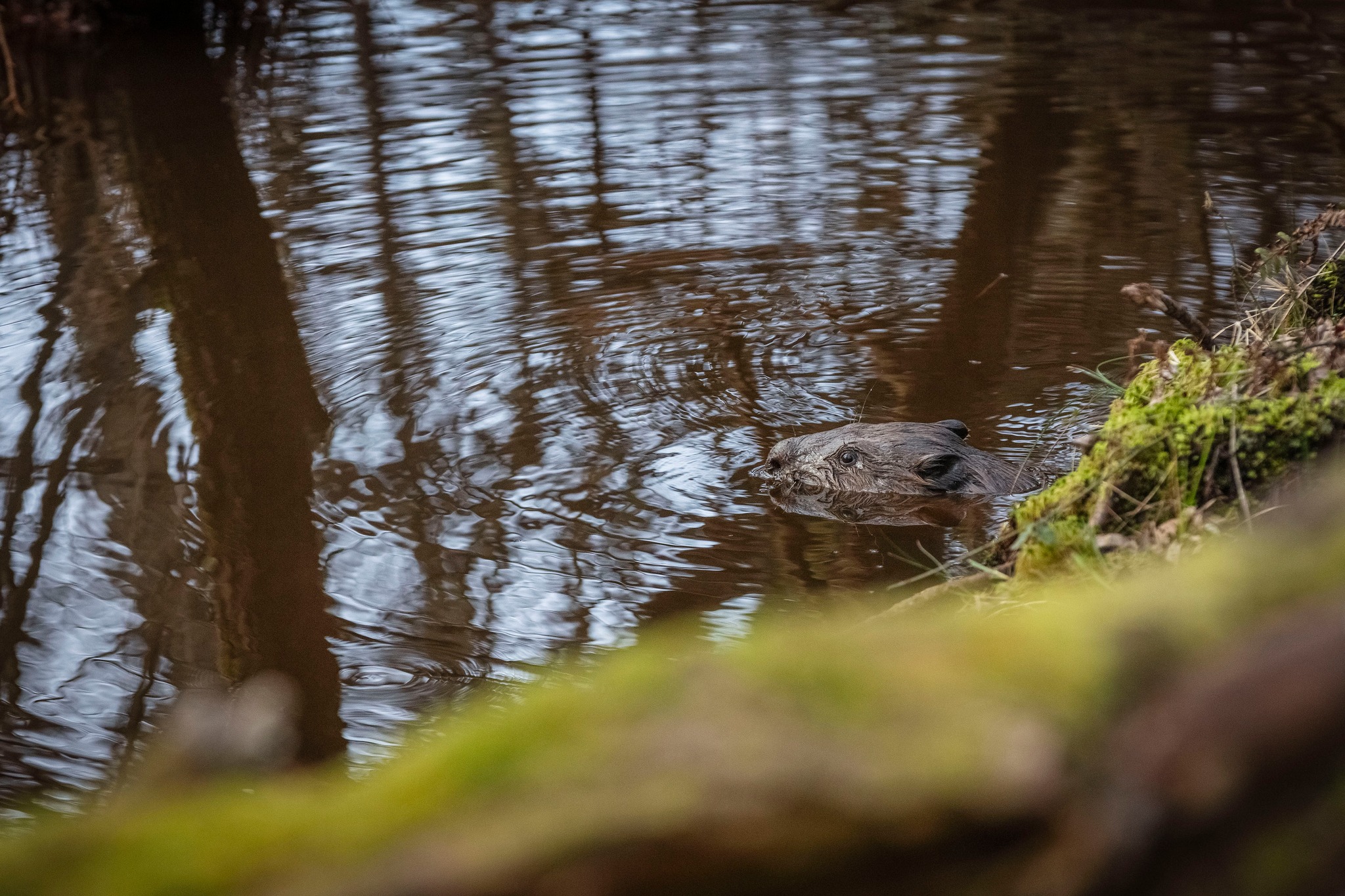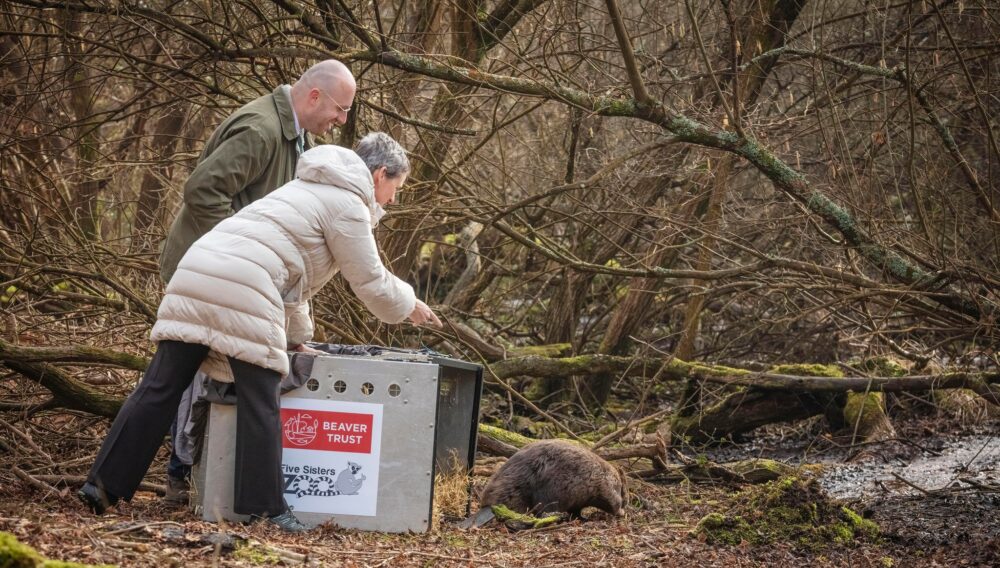TWO pairs of Eurasian beavers are currently roaming the wild in Studland following a historic reintroduction.
The semi-aquatic rodents were said to be hunted to extinction sometime during the 16th century.
But a landmark government decision has allowed these water-loving creatures to make a new home at Little Sea lake in Studland.
While beavers have been re-introduced at enclosures across the country this marks the first time they will be able to legally roam free.
Free of fences to protect them, two pair of beavers are now roaming the island.
Beavers were spotted at Little Sea in 2024 but it is believed these were released illegally.
READ MORE: Proposals to ban unauthorised beach camping and barbeques across Studland
READ MORE: Rare Studland bats get extra protection to keep roosting sites safe
READ MORE: Butterfly numbers soar on Studland heaths
Once hunted for their fur, meat and scent glands, the future is looking bright for the species.
A spokesperson for the National Trust, which is behind the licenced wild release, said: “Beavers are now set to play a crucial role in the restoration of our ecosystem, thanks to their unparalleled ability to restore landscapes, create wetlands which help manage flood risk, improve our water quality and bring back wildlife.
“Beavers have made a comeback in recent years with a number of enclosed releases to date. But, today, these two pairs of Eurasian beavers were released to live in the wild in Purbeck.

The pair have not yet been named Picture: National Trust
“It’s the first official release since the Government gave the green light for wild releases last week.”
Relocated from the River Tay catchment in Scotland, by experts at the Beaver Trust, this release is the culmination of years of preparation by the National Trust team and the local community.
Gen Crisford, beaver project officer at Purbeck at the National Trust, said: “As a true believer in beavers, today is incredibly exciting, a real watershed moment in the history of the species in England.
“We have worked closely with Natural England for the past seven years to develop an approach for a licensed release of beavers into the Purbeck landscape.
“Our chosen site at Little Sea is highly suitable for these special creatures due to it being an expansive body of fresh water surrounded by dense willow woodland which will provide the beavers with plenty of food.

Beavers have previously been released in enclosures around the country, but this marks the first time they have legally been allowed to roam free Picture: National Trust
“As the lake is already deep enough, they won’t need to build dams initially, but by creating glades within the willow woodland, new areas of open wetlands will form to benefit many of the reserve’s rare species including water voles, keeled skimmer dragonflies and tiny ‘bladderwort’ carnivorous plants.
“Little Sea is at the heart of the 3,400 ha Purbeck Heaths Super National Nature Reserve making it an ideal landscape for the beavers to spread so that people can learn to co-exist with the mammals again.”
This wild release is the fourth site where the National Trust has introduced beavers, following successful enclosed reintroductions at Holnicote Estate on Exmoor, the South Downs, and Wallington.











Leave a Reply